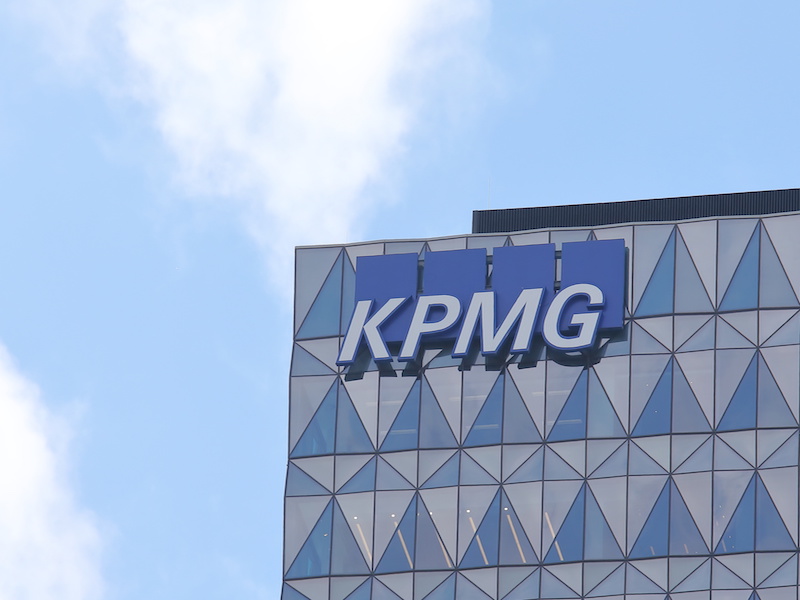

Employers have the opportunity to create a more inclusive workplace by focusing on diversity, equity and inclusion as employees return to the office.
The shift to remote working during the coronavirus pandemic presented employers an opportunity to reassess what, where and how work gets done, says Stephanie Braid, the director of inclusion, diversity and equity at KPMG in Canada, noting it’s important that employers don’t discard those lessons in the push to return to in-person work.
Read: How employers can ease return to office for employees with disabilities
The return process will require employers to continue meeting people where they’re at in terms of providing safety and enabling productivity in the workplace. “We have employees at the firm who are neurodivergent, who are more productive when they’re in the office every day, [while others find] being in the office really challenging in terms of focus. So there’s no one-size-fits-all solution. At the end of the day, I think it’s really an invitation for employers to go back to focus on the individual, create those relationships and just give them the space and the opportunity to get the work arrangement that they need to be most productive.”
KPMG embarked on a years-long journey to establish its disability inclusion action plan, leveraging internal experts in their people and change practice and its employee resource groups, such as its Disability Inclusion Network and Special Family and Friends Network — comprised of parents of children with disabilities — to understand their experiences and find opportunities, gaps and barriers to inclusion in the workplace, says Noorin Mizuyabu, the firm’s national senior manager for DEI and talent attraction.
The organization has also introduced a productivity profile, which employees can complete during onboarding or throughout their employee experience at the company. The profile helps them share how, where and when they work best and how they prefer to communicate with their managers so both parties can work together in a mutually beneficial, performance-driven environment, she adds.
Read: How KPMG is recruiting, supporting employees with disabilities, neurodiversity
To support neurodiverse workers, KPMG introduced a neurodivergent-inclusive leadership checklist and other leadership resources that include best practices. The company also offers both in-person or online education programs and created a neurodiversity mentorship program, job coaching for performance managers and staff who are neurodivergent, as well as education sessions for all employees and an information toolkit on neurodiversity.
When it comes to inclusion for people with disabilities, employers shouldn’t just stop at legislation, says Braid. “It’s not enough [and] employers should go further by starting to understand what barriers exist. For us, our work really started to begin in a more meaningful way when we formed our Disability Inclusion Network. Our network has been instrumental in building trust and has been very influential to other teams in terms of enacting change towards a more inclusive workplace for people with disabilities.”
Mizuyabu says everyone’s needs are different, noting she requires flexibility in her workday to be able to drop off her kids off at school and pick them up. “It’s really just moving to this approach of creating a workplace where you can tailor as much as possible to the needs of the individual — baking in flexibility wherever you can.”
Read: How Redbrick’s flexible holiday policy is supporting employee well-being, workplace DEI goals
